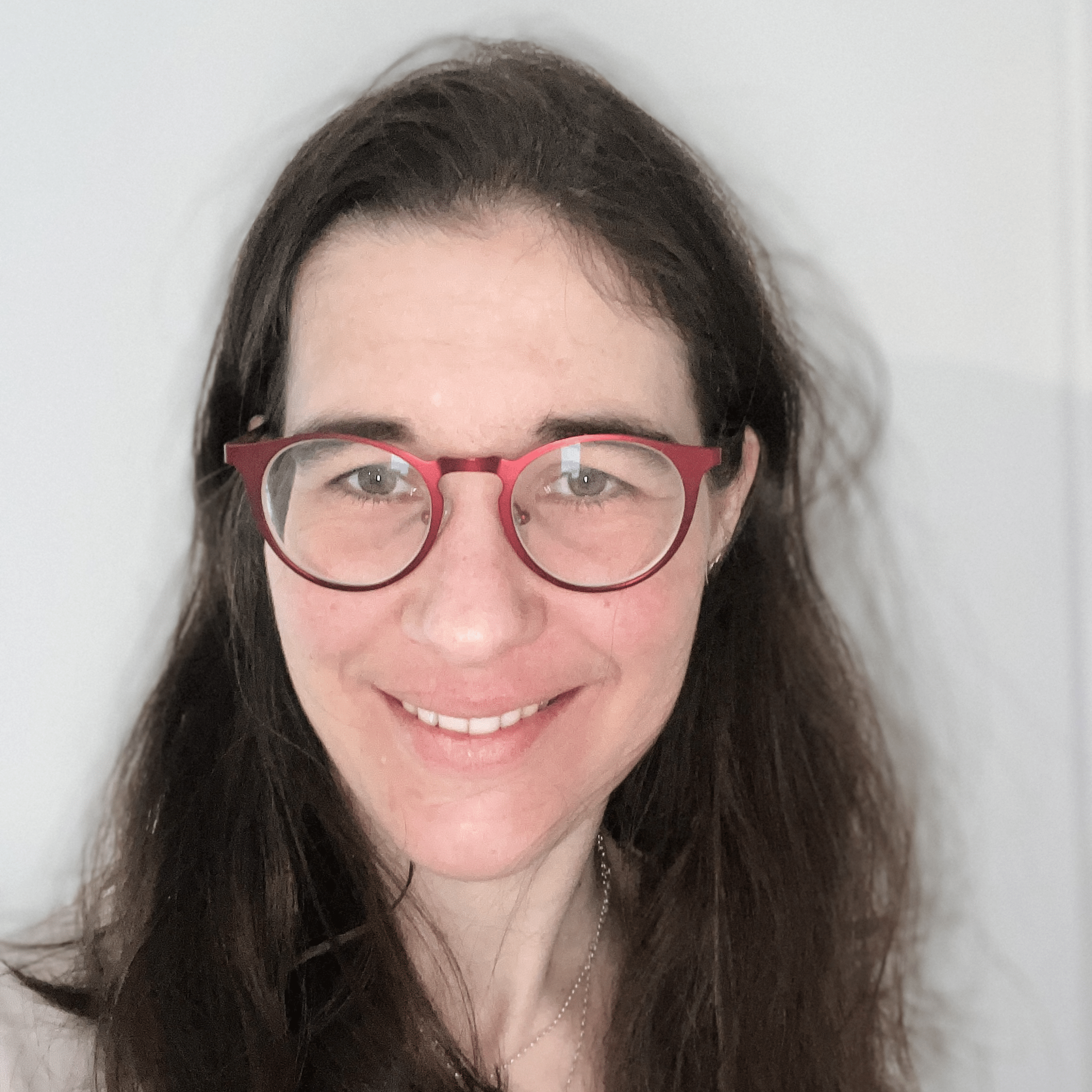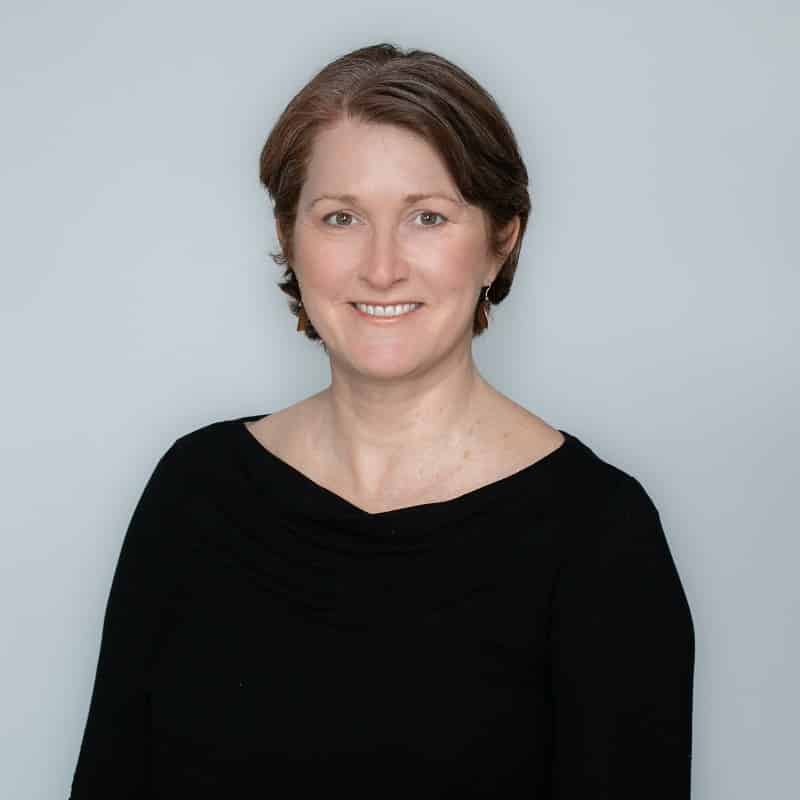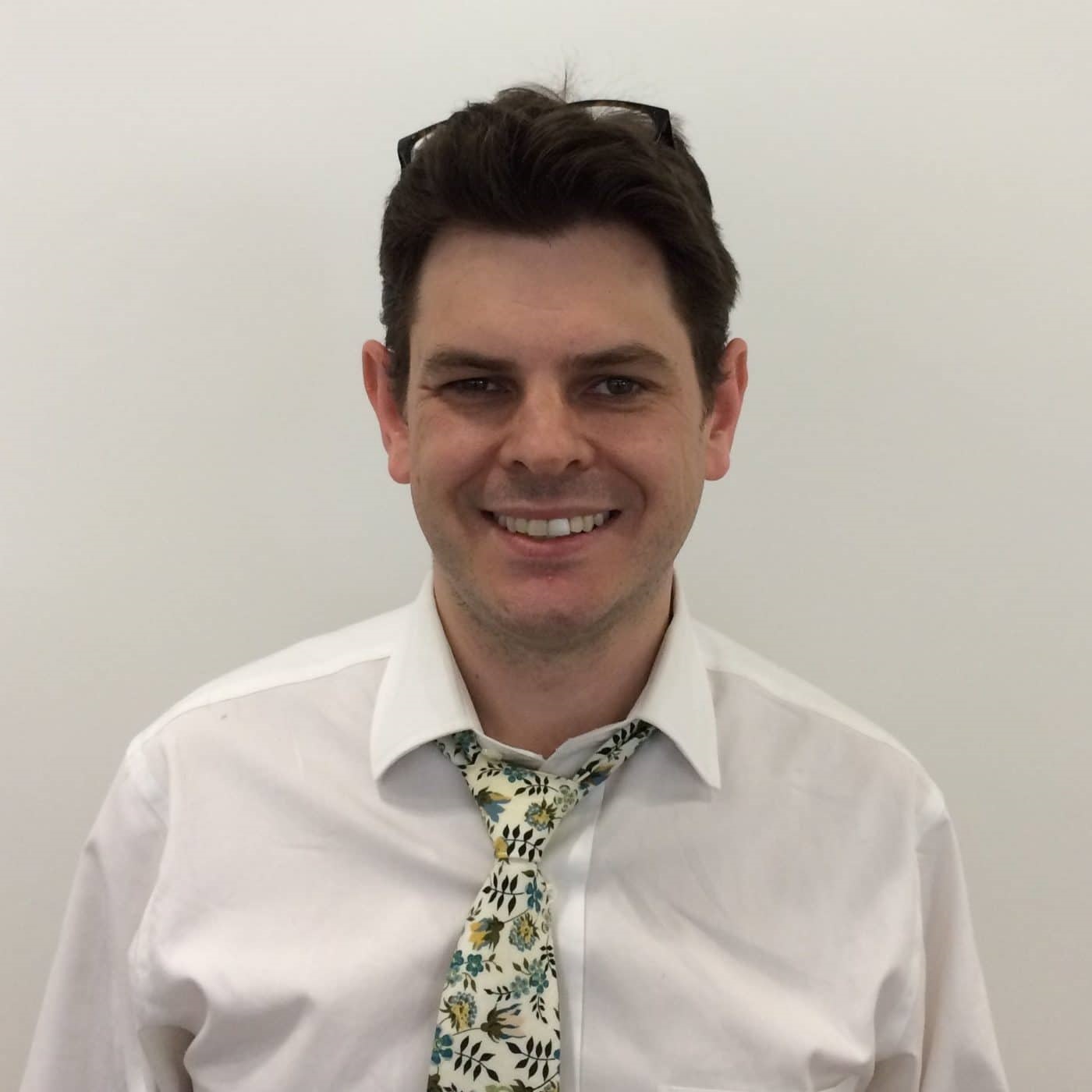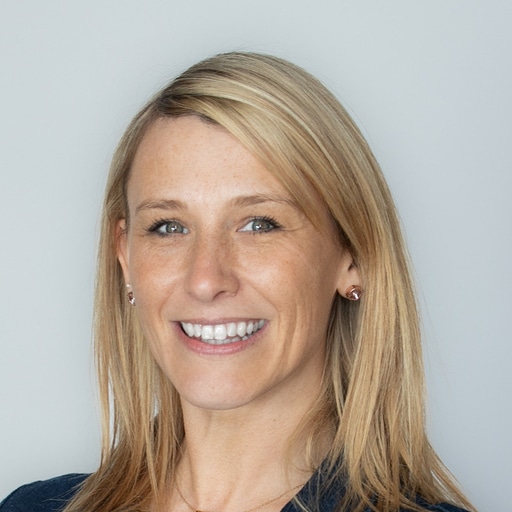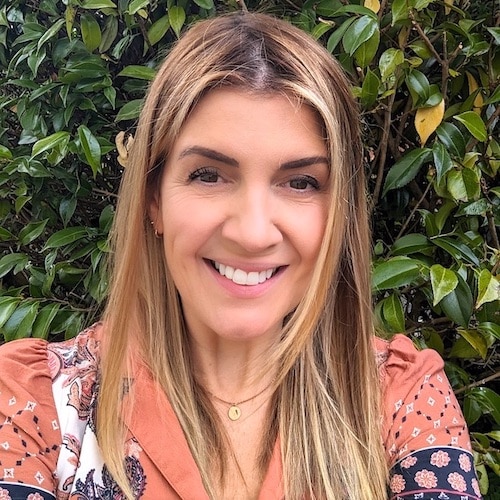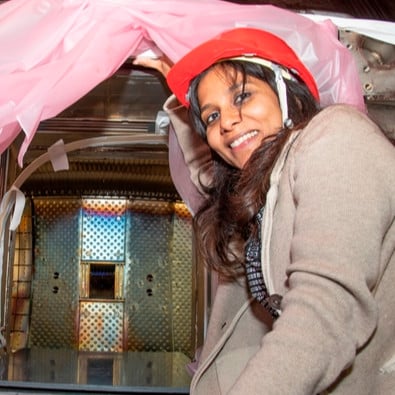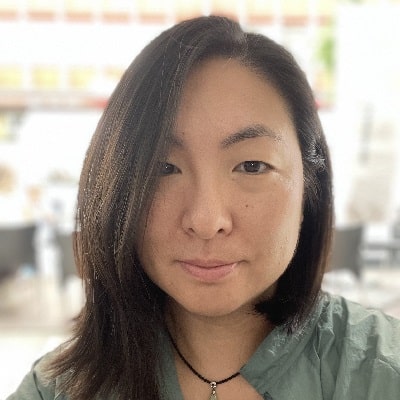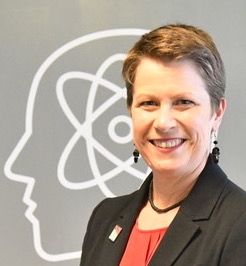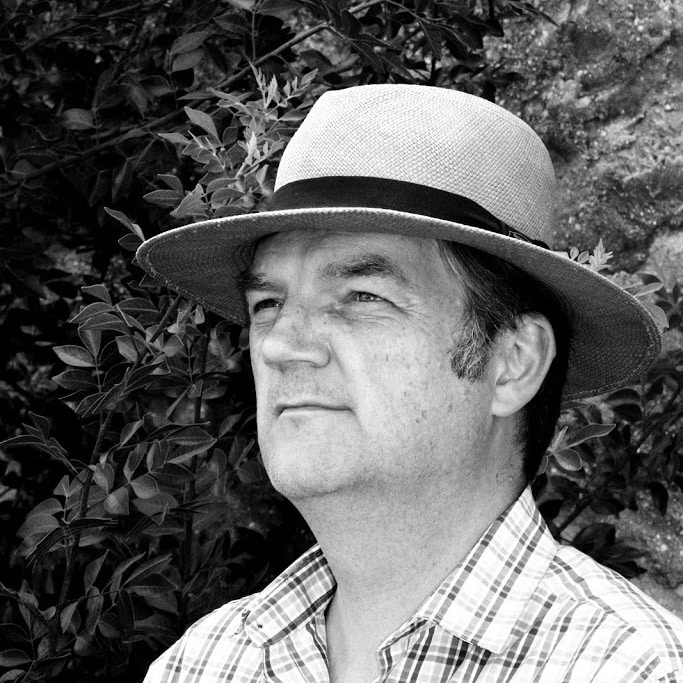
Today marks the beginning of a new campaign from Digital Science focusing on ‘Fragmentation – A divided research world?’.
This title for a campaign might seem unexpected, and the reader may wonder what the drivers and scope are for such a theme of seemingly unlimited reach. This article sets out what we mean by fragmentation in the context of research, and how we will explore the topic through a variety of lenses during the campaign.
A connected yet fragmented world
Undoubtedly, we live in an ever more connected yet fragmented world affecting all walks of life, and the entire research ecosystem is no exception to this. Keeping up with developments in and around research is extremely challenging – be it about the literature and keeping abreast of the latest technologies and methodologies, or applying new tools and software that are capable of analysing the exploding number and size of datasets churning out information. With these developments comes the risk of disruption, inequalities and more uncertainties in a fragmented research ecosystem today.
One of the first questions that comes to mind is, if fragmentation can relate to components of the research system, does this mean there is a fragmentation of research itself? Or, to perhaps put it more simply: is research fragmented, and if so, how? This raises a series of further questions which we aim to address in a number of themes within our campaign, where we will focus on relevant topics, their relationship with fragmentation, and how to tackle them. We will highlight structural features of fragmentation, analytical approaches and consolidating concepts. We do this by focusing on those Digital Science tools which are relevant to the work we are doing throughout the campaign.
What is fragmentation?
The term fragmentation, defined as “the process or state of breaking or being broken into fragments” (link), in itself doesn’t lend itself as a particularly enticing concept. Neither is it particularly mysterious or perhaps, of great interest. However, on further examination of the term, there is something intriguing when looking at ‘fragmentation’ that is perhaps well worth exploring.
We can start by looking simply at the common use of the word in a Google search (statistics here) and how often ‘fragmentation’ was entered into the search bar and used as a first point interest (here). When compared to other phrases e.g. ‘consolidation’, the use of ‘fragmentation’ reveals an uninspiring baseline (link) confirming the rather mundane, infrequent use of the word (Fig 1a).
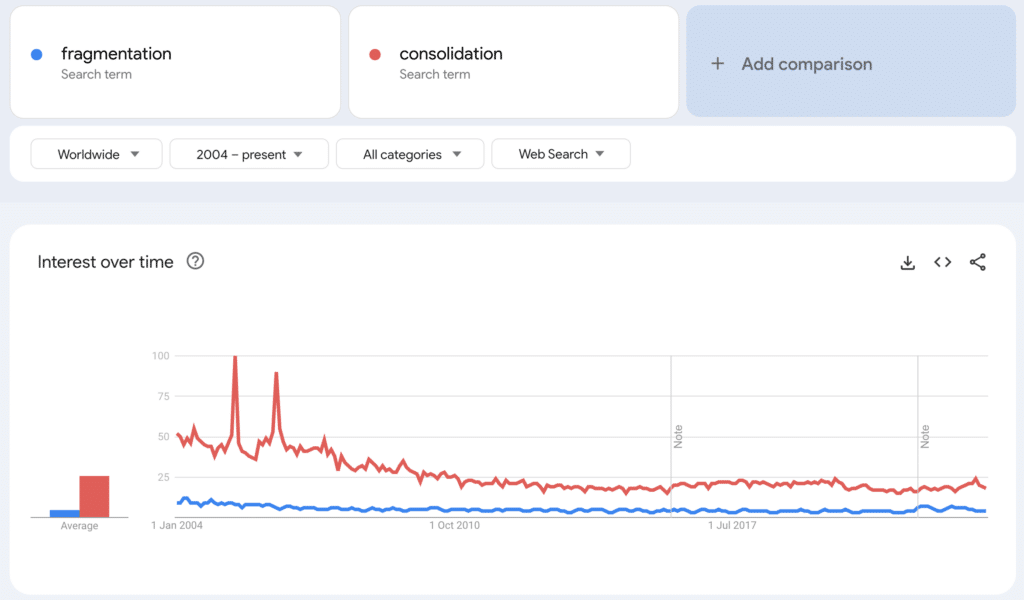
However, the frequency of ‘fragmentation’ as a term in a research context can be seen to be consistently on the rise as evidenced by a Dimensions database search of the scientific literature. (Fig 1b)
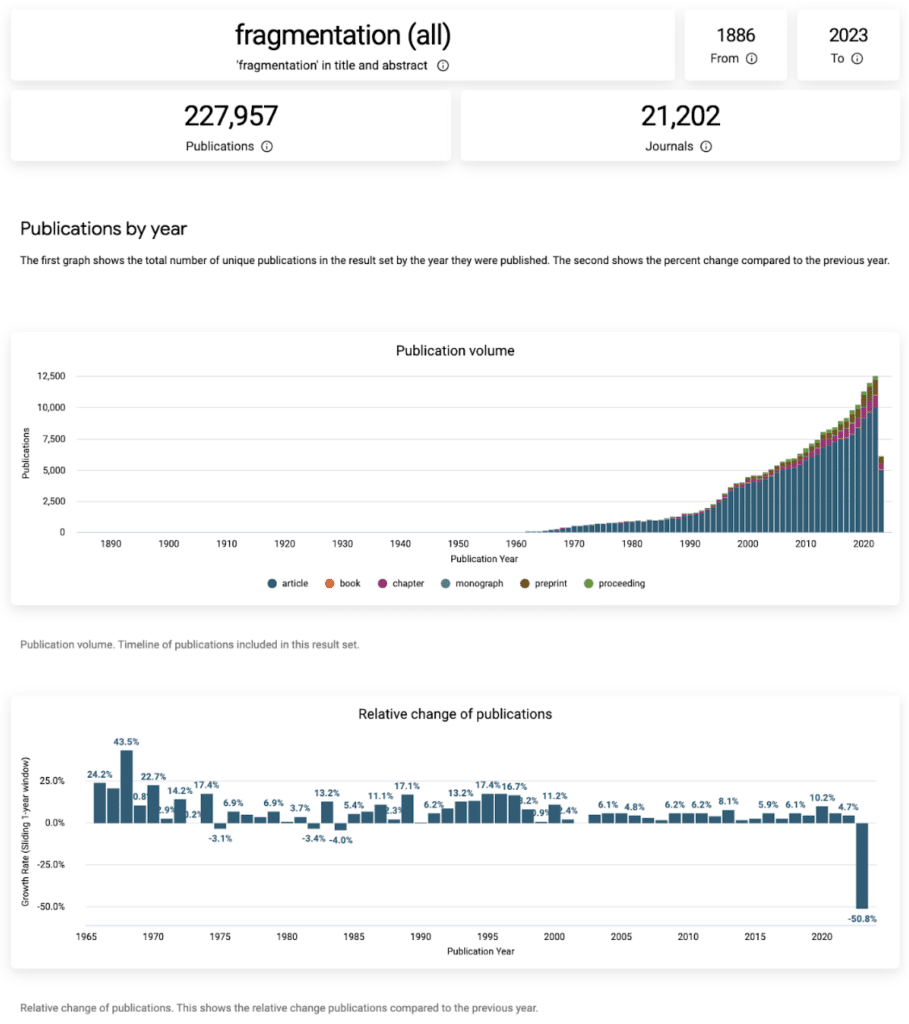
Fragmentation in a research context
What does fragmentation represent in the research world? Humankind developed and applied technologies in order to make things better and to solve big issues, however looking at it retrospectively, our problems haven’t been solved at all, if anything we can hardly keep pace with this ever changing fragmented research world.
So, could fragmentation be about pieces (or fragments as per dictionary definition) or is it about fragmented processes? Meanings can be plentiful and diverse. What, for example, does it mean in the context of research and the corporate world? Is it about business based on geography (Global North vs Global South)? These are interesting questions which we aim to explore across the campaign and we highlight a number of specific items in the context of ‘Fragmentation: The pieces and the processes’.
We will look at how businesses in the corporate world react and make use of fragmentation in the context of their research and development endeavours. Corporates thrive in a fragmented research world in particular and we will highlight examples on how they engage with ‘fragmentation’ using the modern technologies they have at their disposal. One such example is modern drug discovery in pharmaceutical and agrochemical industry – both suffered over the last decades by exuberant costs for no real new results (measurable by active ingredients for new medicines and pesticides) – starting with high throughput screens and chemical compound libraries until in the early 2000s, screening for new drugs and Mode of Action detection got a new life by using fragment based drug design. Even more recent technical advances make use of fragments or fragmented states and to this end we will look at particular new trends in Pharmaceutical Research & Development and how Digital Science contributes to this by applying its state of the art technologies to gather insights.
Fragmentation as a research topic across time
Equipped with our Dimensions database, we are able to consider the emergence of ‘fragmentation’ in the research literature, and its distribution across the disciplinary ‘fields of research’ (FoRs) where we can see that, for example, from the 1960’s to the 1980’s research looking at fragmentation was predominately a domain of the Chemical Sciences, but in the last 20 to 30 years the Biological Sciences and Biomedical & Clinical Sciences both focus on the term along with Chemical Sciences.
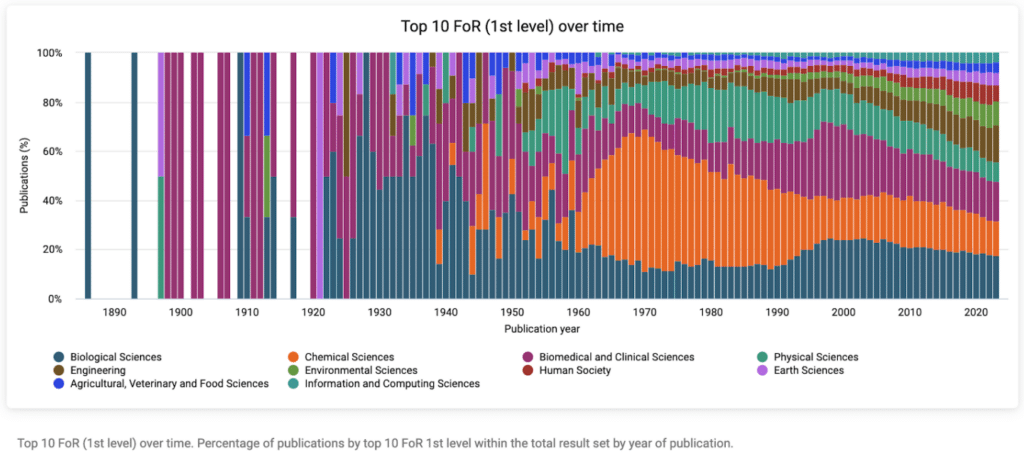
Zooming in on what researchers might find intriguing about fragmentation we can take the concepts which are included in more recent research on fragmentation. Using a Dimensions tool (Landscape and Discovery) we can focus on the concepts (keywords) of research and their networks), in this case research including ’fragmentation’ to see the chemical (chain transfer polymerization, mass spectrometry) and biological concepts ( habitat, genetic diversity) – where interestingly a cluster of concepts focussing on human rights and sustainable development emerge too.
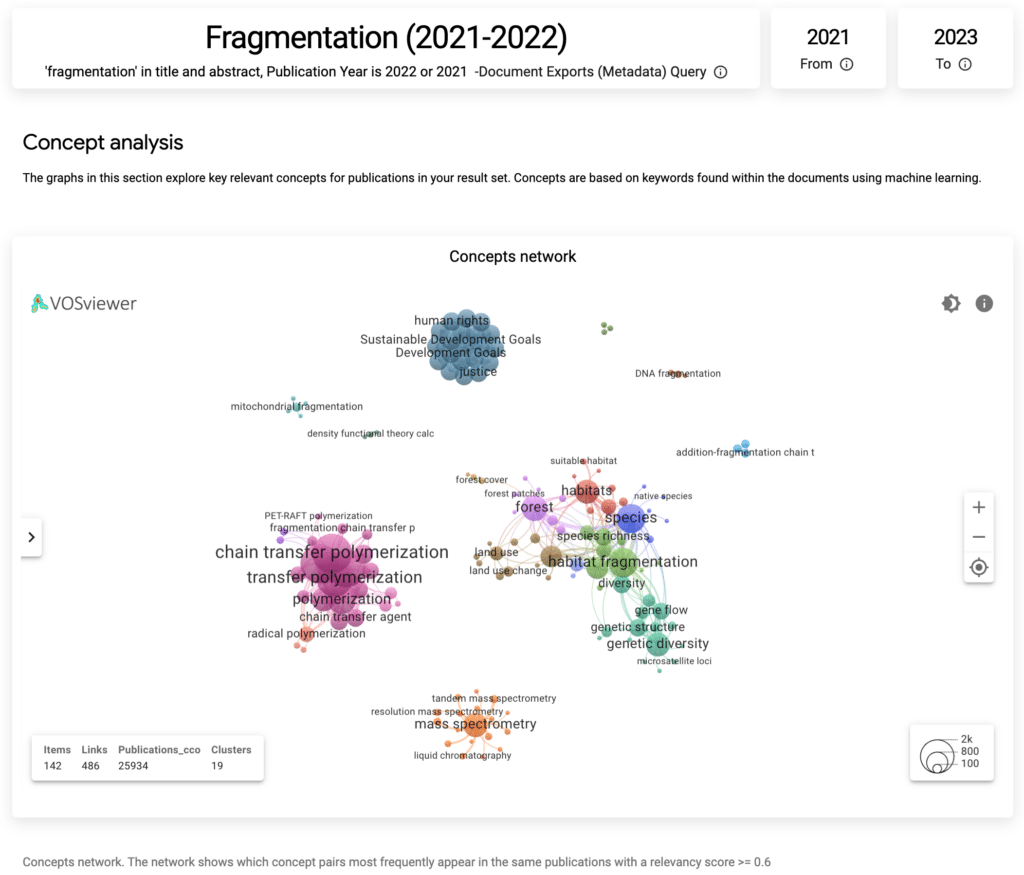
This reveals that fragmentation (the pieces) as a research topic is alive and thriving in a number of disciplinary areas and which will be explored during this campaign.
Fragmentation: The divided research world
The processes aligned with fragmentation are more difficult to capture. However, we will shed light on these through an understanding of the processes in research, including its contributors, segments and the tools making up the research ecosystem; these will form the basis of our analysis. This campaign is also tied closely into one of Digital Science’s key missions: “Advancing the research ecosystem — together, we make open, collaborative and inclusive research possible“, and we look forward to working with the community throughout this work.
We start our campaign with a focus on global divides, where we explore some of the geographic aspects of a fragmented world, for example in the Global North and Global South countries where we know there are many disparities. We also examine global challenges though the lens of the UN’s Sustainable Development Goals (SDGs) and evaluate global issues including big data for sustainable development.
The campaign then moves into the domain of siloed knowledge, where we concentrate our attention on areas of research where a lack of integration can result in research findings remaining isolated, limiting their broader applicability across the research ecosystem. Bridging the fragmented nature of research knowledge gaps and promoting cross-disciplinary collaboration is another area where we provide insights.
As outlined in our sub-themes above, fragmentation applies to many aspects of the research lifecycle across different contributors from academia, organisations, research funders, governments and businesses. Each are delicately networked, and none are immune to the effects of fragmentation.
Is there a solution to fragmentation? Is one needed?
Thinking about an end to (or overcoming of) fragmentation in the research ecosystem, one may think about processes in the research ecosystem such as interdisciplinarity & collaboration, inclusion, fusion or assimilation, which, in a corporate Research & Development context can be exemplified by looking at the merger and acquisition activities in the agrochemical industry in late nineties and early 2000s that led to a consolidation in this area of the corporate world (reviewed for ‘Mode of Action’ detection here or global seed companies here).
But what about the academic research world? We highlight one important area of the research ecosystem that is concerned with the communication of the results of research. Scholarly communication is by definition “ the process of academics, scholars and researchers sharing and publishing their research findings so that they are available to the wider academic community and beyond”.
The traditional way of communicating results is via a publishing process that is very well established. However that got challenged in recent years by a number of developments and pressures from outside for which the core wasn’t any longer suitable. New developments required new solutions hence a plethora of innovative tools and solutions found their way into the researchers daily life to cope with new demands & expectations (e.g. OA) and challenges (the rise of social media). These developments were very neatly captured by a chart from the University of Utrecht – see here presented on Figshare – clearly showing the fragmented state of the art when it comes to tools and innovation in the space of scholarly communications.
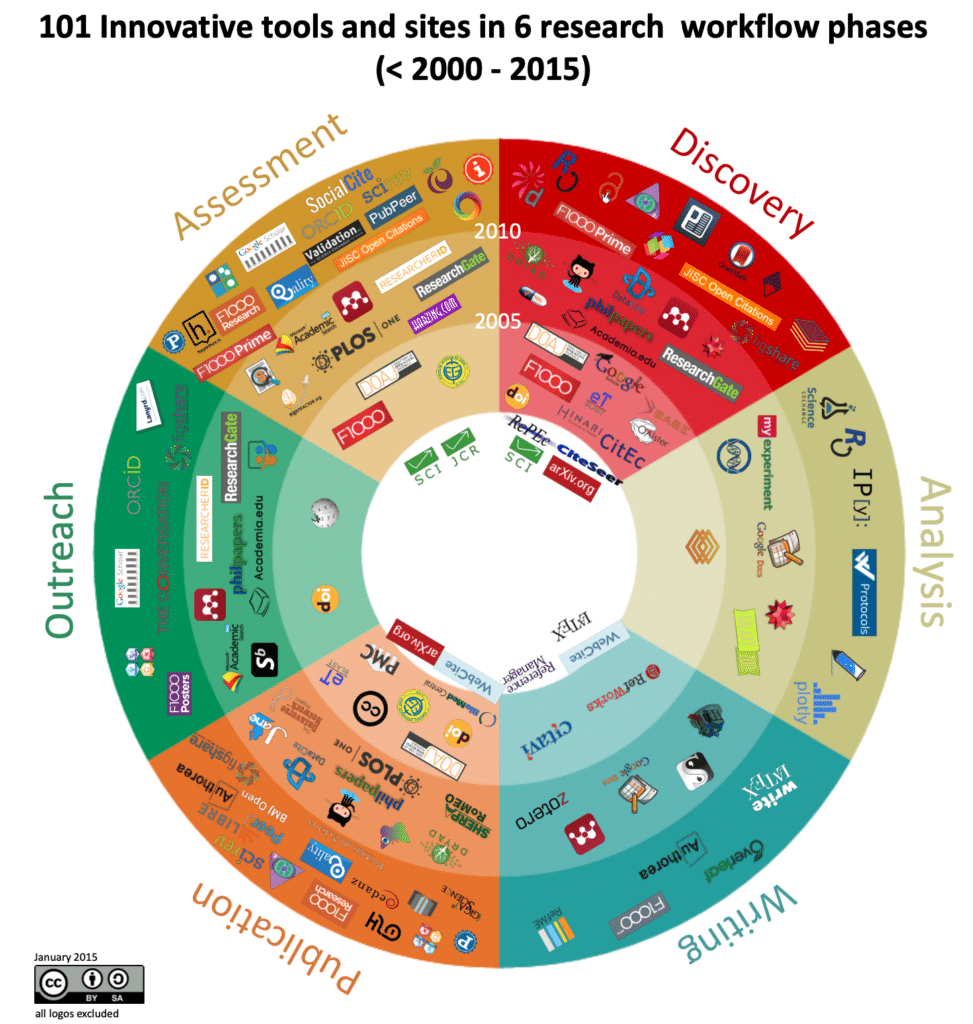
Immediately the question arises if there is a need for consolidation analogous to the merger and acquisition in the corporate R&D world? We’d argue that there isn’t a need for consolidation, however, under the caveat that any change in workflow is an improvement and accepted by the community. And the stream of communication is not negatively affected in any way or format that would undermine the purpose of the communication of the results of research.
So, in this and in any other context then, is fragmentation in any aspect of the research ecosystem a good or a bad thing? Clearly a diversity of approaches and tools are necessary and vital to progress in the strive for research and development to overcome the divides that arise and we touch upon in our themes for this campaign -be it the geography, the discipline, the segment or any other player in the research ecosystem.
We have seen unstructured, big fragmentations, particularly in the corporate world, with the result of consolidation of markets and (number of) companies in a particular space – see the example of seed companies and MoA detection to the benefit of better streamlined and more cohesive R&D approaches.
Digital Science was originally conceived of to provide new solutions in the fragmented space with its broad portfolio of companies covering various aspects of the day-to-day research life and its necessities. We understand the fragmented state of research affairs, offering bespoke solutions for individual niches.
This campaign is about analysing and telling stories of the fragmented research world, shedding a light on places where fragmentation occurs (be it, for example, silos of knowledge or global divides) and demonstrating how we can better understand the diversity of research to future-proof—and provide solid foundations for—the global research endeavour.


